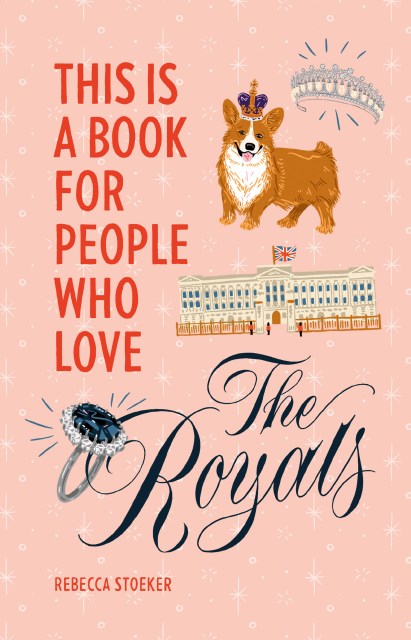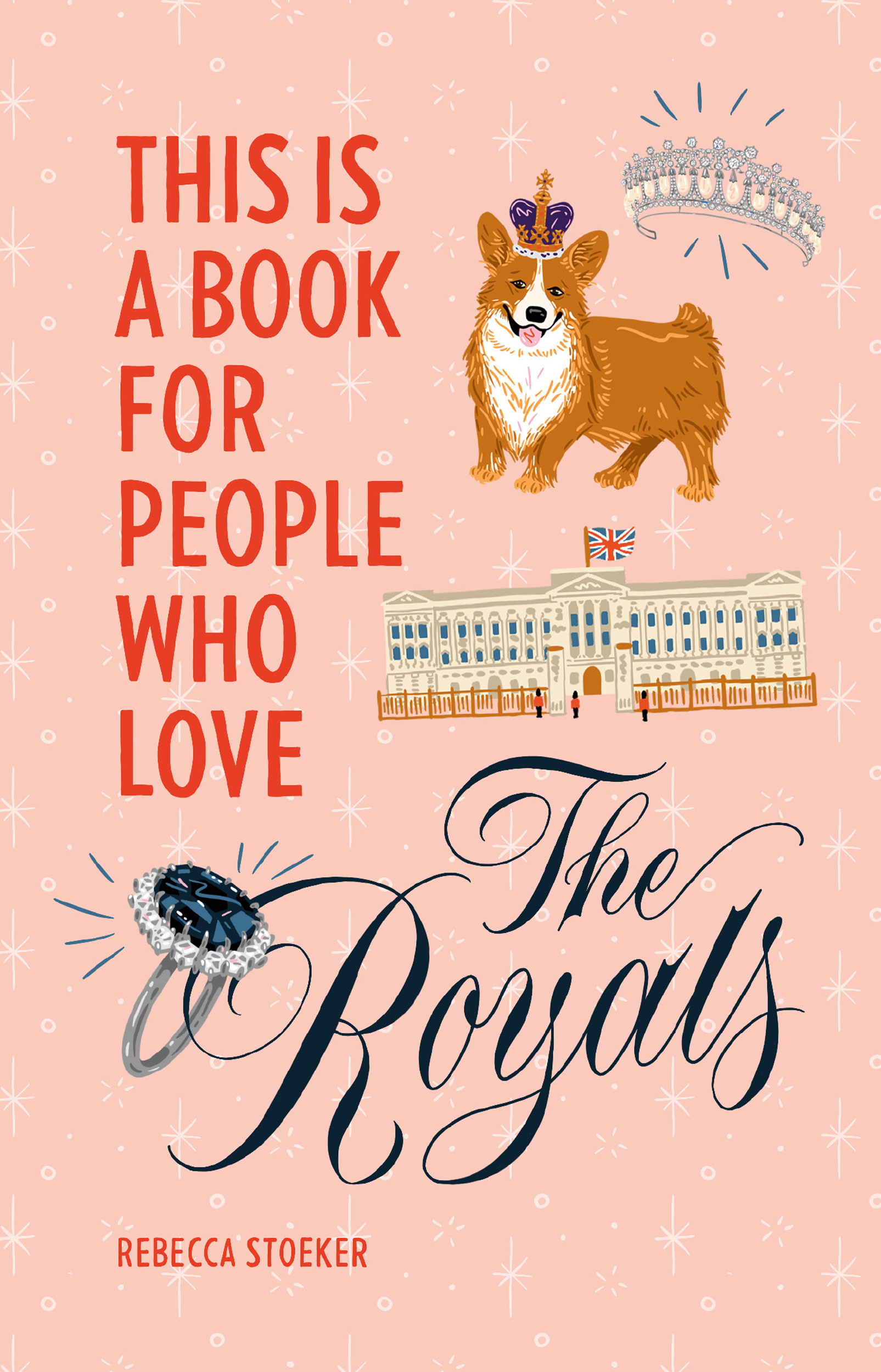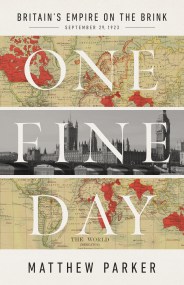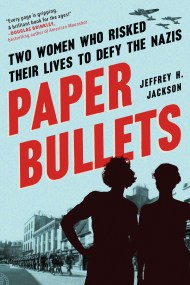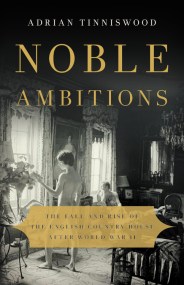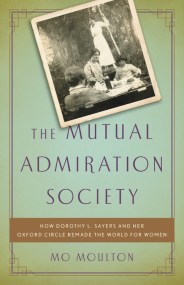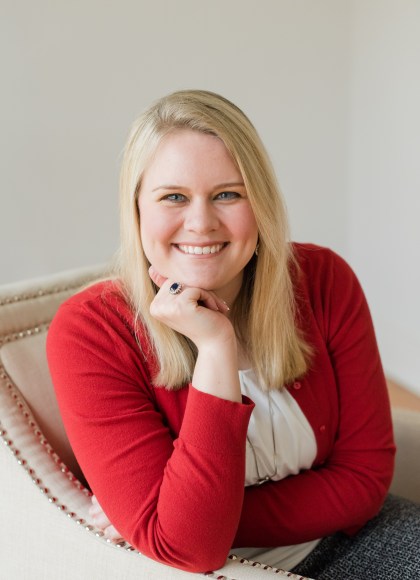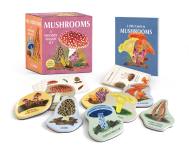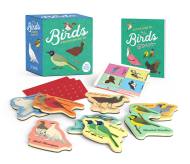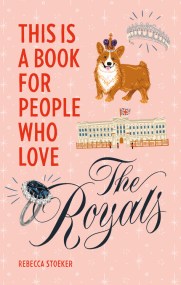Promotion
Use code MOM24 for 20% off site wide + free shipping over $45
This Is a Book for People Who Love the Royals
Contributors
Formats and Prices
Price
$10.99Price
$13.99 CADFormat
Format:
- ebook $10.99 $13.99 CAD
- Hardcover $16.00 $22.00 CAD
This item is a preorder. Your payment method will be charged immediately, and the product is expected to ship on or around October 13, 2020. This date is subject to change due to shipping delays beyond our control.
Also available from:
Full of fun facts and surprising stories to delight longtime enthusiasts and new fans alike, This Is a Book for People Who Love the Royals digs into all of the aspects of everyone’s favorite monarchy. Uncover the history of British royalty and answers to common questions — like how royal titles work, who is in the line of succession, and why the guards at Buckingham Palace never smile — as well as deep dives into fashion, jewelry, and other palace perks. Profiles of popular family members, including Her Majesty Queen Elizabeth II, Princess Diana, Prince William and Kate Middleton, and more, add personality to this irresistible celebration of the crown.
Genre:
- On Sale
- Oct 13, 2020
- Page Count
- 184 pages
- Publisher
- Running Press
- ISBN-13
- 9780762470860
Newsletter Signup
By clicking ‘Sign Up,’ I acknowledge that I have read and agree to Hachette Book Group’s Privacy Policy and Terms of Use
